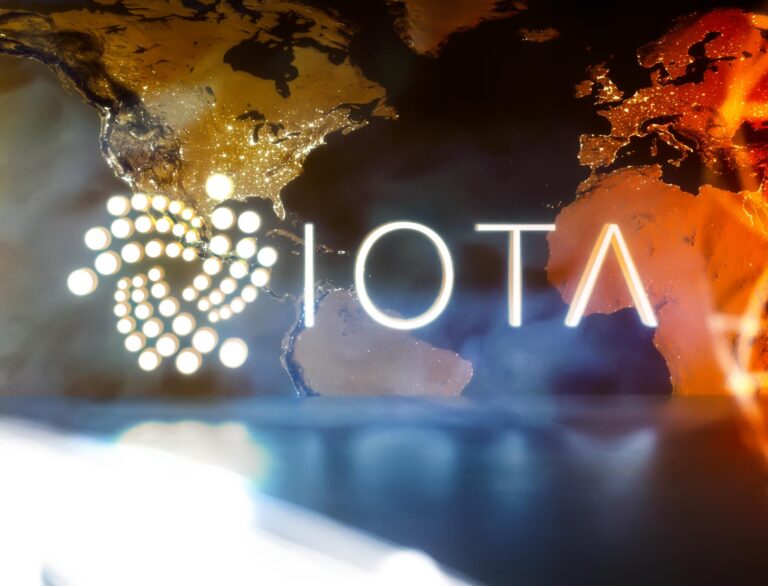IOTA’s decentralized technology could serve as the basis for a compliant stablecoin. Trade and logistics information pipelines enable secure and efficient exchange of electronic trade documents.
As the European Market for Cryptoassets (MiCA) regulations reshape the cryptocurrency landscape, IOTA’s decentralized and scalable technology could establish itself as the basis for new compliant stablecoins. IOTA’s lean and efficient framework makes it an interesting candidate in the search for the next big player in digital assets.
The launch of MiCA marks a new beginning for regulation in the EU cryptocurrency market and will lead to increased responsibility for the industry. This regulation addresses issues related to digital assets with the aim of protecting consumers and ensuring market stability. Platforms like Coinbase have recently delisted non-compliant stablecoins, and this regulatory change opens the door for new entrants. Can IOTA bridge this gap?
IOTA’s Tangle technology enables instant and scalable transactions with no fees, making it suitable for stablecoins designed to function under MiCA regulations. Such a network could establish itself as a stablecoin giant because it can process many transactions without congesting the network or incurring costs.
How IOTA’s technology can drive stablecoin efficiency
At the core of IOTA’s ecosystem is the Trade and Logistics Information Pipeline (TLIP). This decentralized platform is already responsible for securing global trade through the exchange of immutable data. The same principles can also be applied to stablecoins to ensure the stability, openness, and validity of digital transactions.
TLIP has played a major role in expanding IOTA’s footprint in the African region, particularly in the trade industry. The system will enable participants to securely and effectively exchange electronic trade documents such as export declarations and air waybills.
The TLIP model shows that IOTA can cut costs in half and make cross-border transactions up to 80% cheaper. This represents significant savings in the stablecoin ecosystem and could be useful for industries looking for effective and inexpensive financial tools.
Will IOTA’s stablecoin revolutionize global trade?
MiCA-compliant stablecoins issued on the IOTA network have the potential to transform the global payment system through secure and efficient transactions. Similarly, TLIP could enhance logistics visibility and effectiveness, and stablecoins could enhance cross-border payments through faster and more transparent systems. IOTA’s decentralized approach, coupled with MiCA’s legal certainty, sets the stage for the creation of a secure and sustainable stablecoin.
Collaborations with organizations like Tide Protocol have contributed to the development of the IOTA EVM ecosystem and the delivery of major technological advances. Additionally, IOTA and Digimarc, and IOTA and Agro2Circular, are collaborating to implement environmental stewardship by mitigating agricultural plastic waste using DPP.
Additionally, IOTA has partnered with the European Commission to develop a new IPR management system that applies DLT, NFTs and smart contracts. It is worth noting that IOTA’s Total Value Locked (TVL) recently crossed $5 million.
Recommended for you:
Source link


